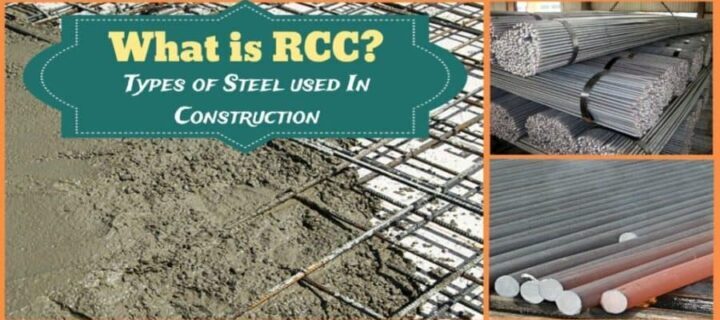
What is RCC (Reinforced Cement Concrete)?
In the civil engineering field, the concrete is material made of Cement, Sand, Mortar, Admixture, etc and has a different grade based on strength.As we know that Concrete is can resist compression very well, but is very weak in resisting tension. Hence reinforcements are introduced in the concrete wherever higher tensile stress is expected. When steel provided in cement concrete it becomes reinforced cement concrete. The most popular reinforcement is steel. This is due the fact that steel has high tensile and the bond strength compare to others and also provide strong with concrete. Steel has high modulus of elastic so that it can resist much more high tensile force for same amount of extension compared to concrete. Let us get to know What is RCC and their types in detail.
Types of reinforcement used in concrete:
There is a various form of Steel reinforcement available in market for construction like reinforcement bars, prestressing wires and strands, rolled steel sections and light-gauge steel sections are the major steel forms that are generally used in building construction.
Steel bars have come with many shapes and grades or strengths. These steel bars are of some specified tensile strength, used to reinforce concrete to develop good bond strengths with concrete and also used for fabrication of grills, gates, etc.
The major type of reinforcement steels available in the market is mild steel, tor steel, TMT bars, etc. The following types of bars are commonly used as reinforced concrete steel for construction.
1) Hot Rolled Steel:
There are four types of hot rolled steel in the market.
The first type is mild steel bars (MS bars) is traditionally Produced by hot rolling. The bars are hot rolled and form a round shape with smooth surface. These bars also called mild steel plain bars
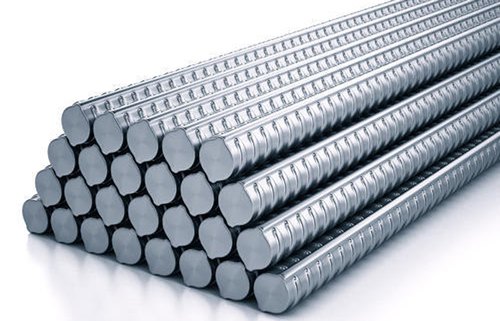
Mild steel bars come in two grades I and Grade II. Grade I mild steel is slightly higher than that of Grade II. These bars are more resistant to corrosion than tor steel bars.
The hot rolled mild steel ribbed bars is the second type which consists of ribs on them. These ribs help increase the bond strength of the bars. Steel bar with Rebar’s or ribbed bars, which are likely to be confused with HYSD bars, are not recommended to use in R.C works.
The hot rolled high strength ribbed bars is the third type which is produced by hot rolling and got by microalloying which is of high strength.
The Fourth type is HYSD bars; there are hot rolled high yield strength deformed bars. These bars now replaced by TMT bars.
2) Cold Twisted Deformed Bars (Tor steel):
Cold Twisted Deformed Bars or Tor steel bars were the first high strength bars used in India. These bars are first hot rolled in the mill and formed high-grade mild steel with three or more parallel straight ribs on it.
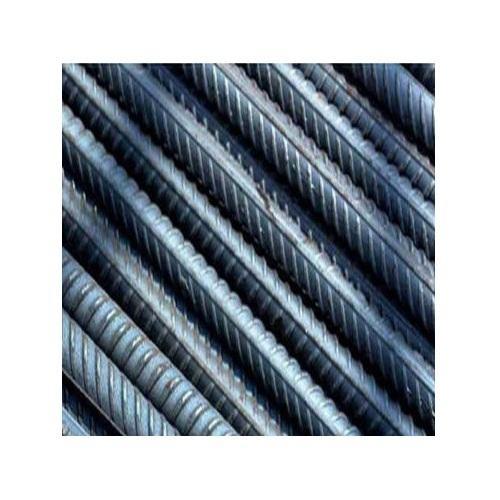
As the projection on steel are like straight line this steel is easily identified in field. Also they will form a helical around the bars in cold twisting.
These steel are more susceptible to corrosion much quicker than other bars, which are not recommended for use in many advanced countries.
3) TMT bars:
TMT stands for Thermo-mechanically Treated Reinforcement Bars are manufactured by sudden quenching of red hot steel bars by a spray of water can produce steel bars with high strength at the surface with a core of mild steel. At the end bar structure with tempered martensite on the periphery and a fine-grained ferrite-pearlite structure at the center zone. TMT bars are also manufactured with ribs (rebar’s) to increase the bond strength of the bars.
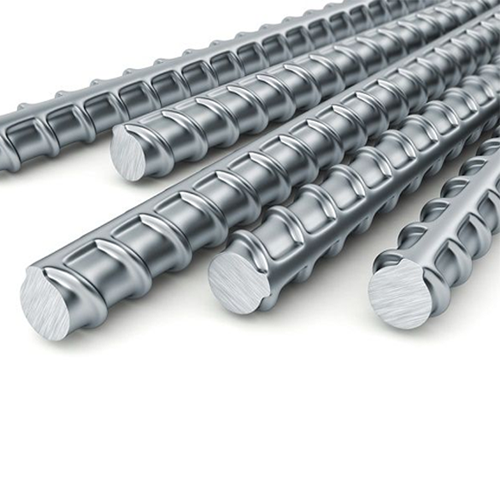
TMT Corrosion resistance steel (CRS) are also available in the market. The corrosion resistance property of TMT bars is achieved by the addition of corrosion-resistant elements like copper, phosphorus, and chromium.
Compare to Tor Steel the TMT bars are more corrosion resistance and are highly recommended to use in Reinforce concrete works. These bars are manufactured with four grades – Fe 415, Fe 500, Fe 550 and Fe 600.
4) Welded Wire Fabrics:
They consist weldmesh manufactured from medium tensile steel drawn out from diameter mild steel bars. Wires fabrics have higher than that of mild steel.
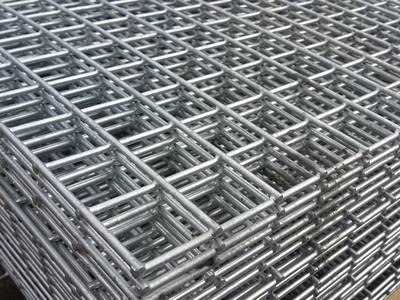
These wire fabric available in different width wire rolls, which are very much used in partitions, fencing, etc. and sometimes in R.C slab construction.
To know more about Welded Wire Fabric in detail click here
Properties of R.C.C :
It should have sufficient compressive strength.
· It should have Adequate tensile strength
· High Fire and weather resistance
· It should be Durability material.
· Economy to molded any shape
· Low maintenance cost
· Economy as a construction material
· Less deflection
· Use as precast structural components
· Less skilled labor
Uses of R.C.C :
The Reinforce cement concrete is widely used in civil engineering construction. Some of its important application listed below.
1. Reinforcement Concrete form the major structure of building structure. All main load baring components of building are made with RCC. For Example Footings, Columns, Beams, Chejjas, roofs, slabs, and Stairs.
2. RCC is also used for the construction of storage structure like Water tanks, Dams, Bins, silos, and bunkers.
3. It is used for construction large infrastructure project like Bridges, Retaining walls, Docks, and harbors, Underwater structures.
4. RCC is also used for precast element casting like Railway sleepers, Electric poles
5. it is used for constructing tall structure like Multistory buildings, Chimneys, Towers.
6. RCC is used for Paving Work for Roads, Airports.